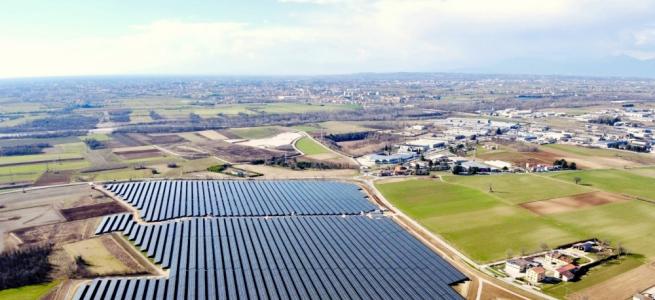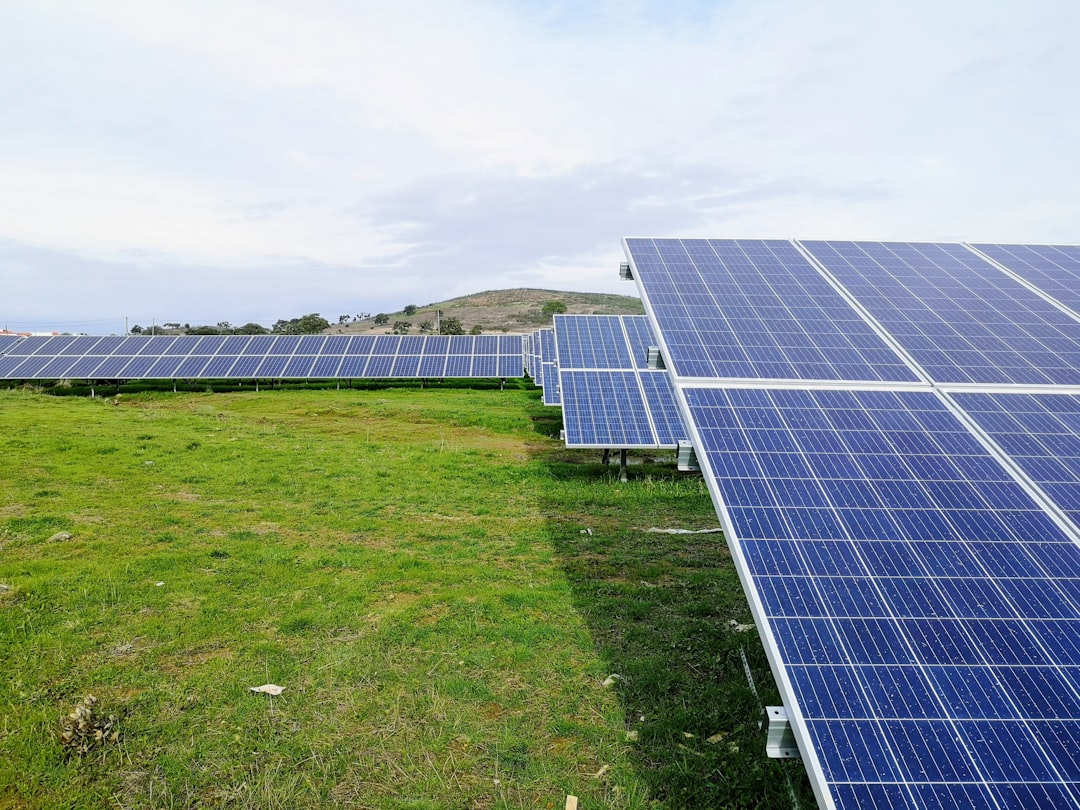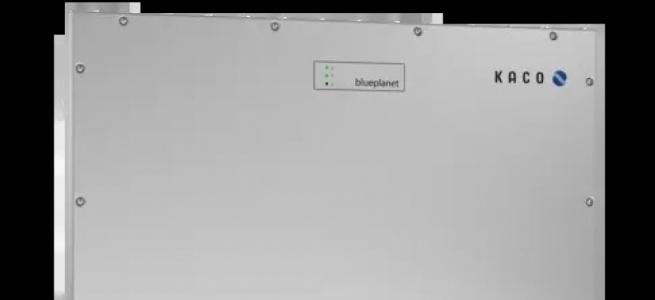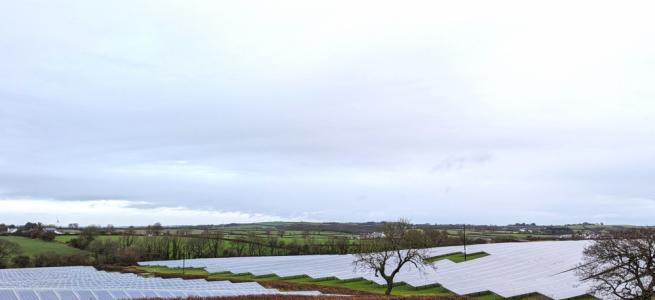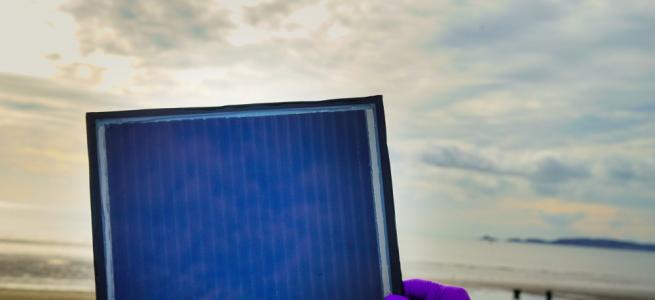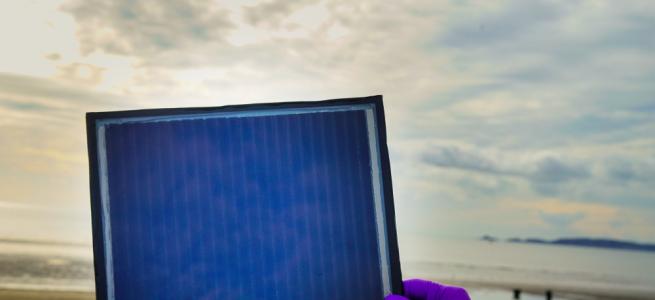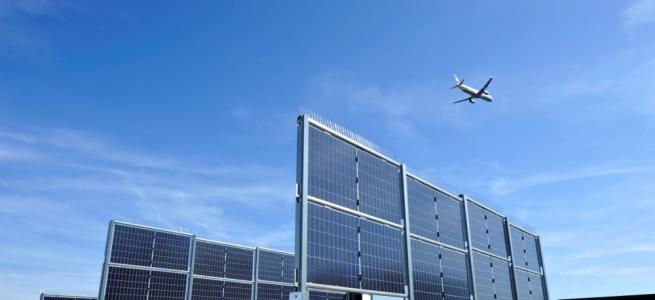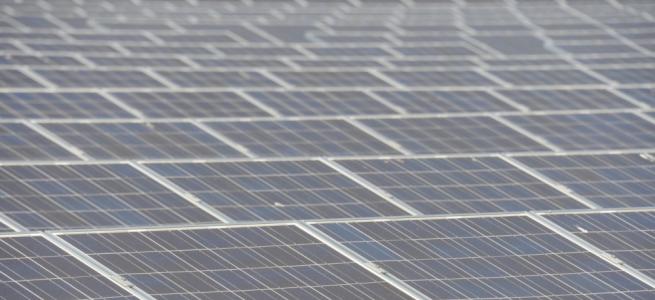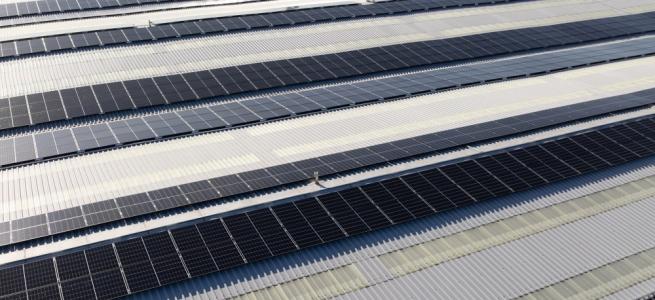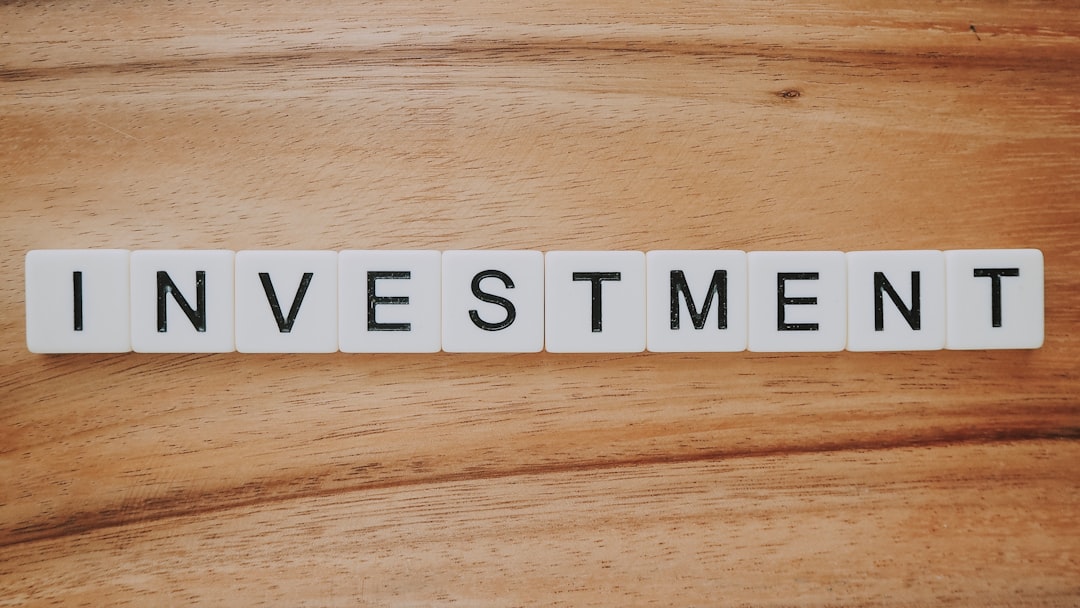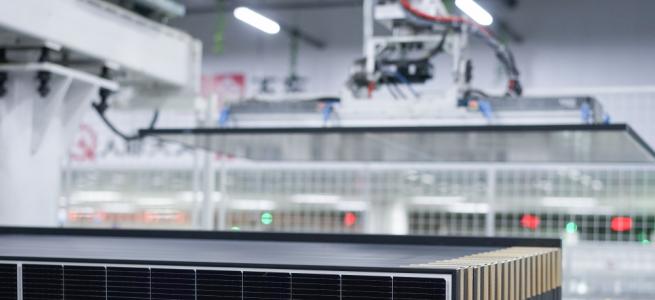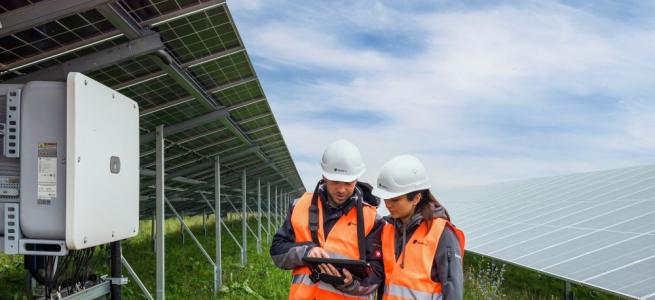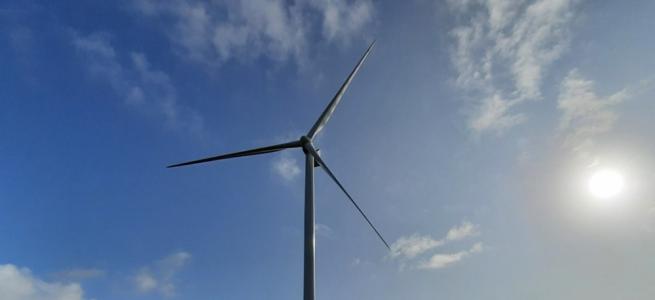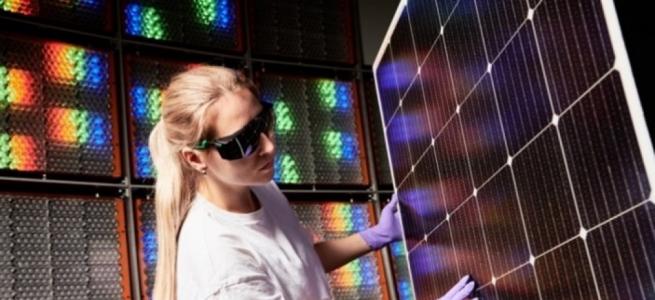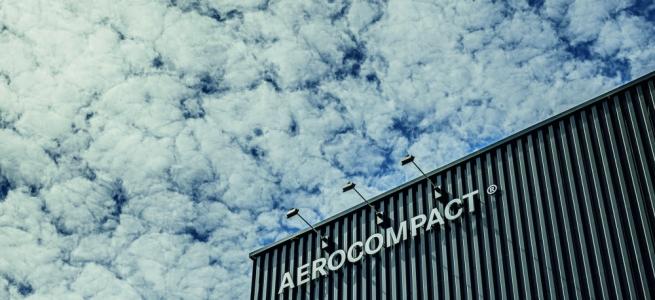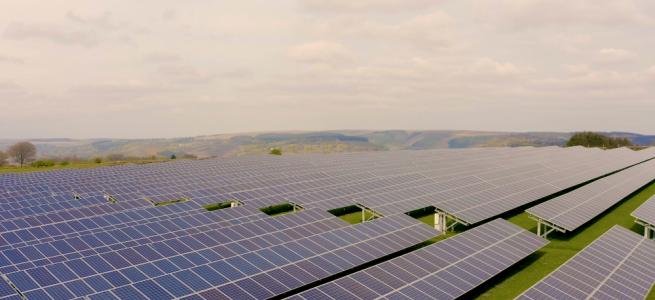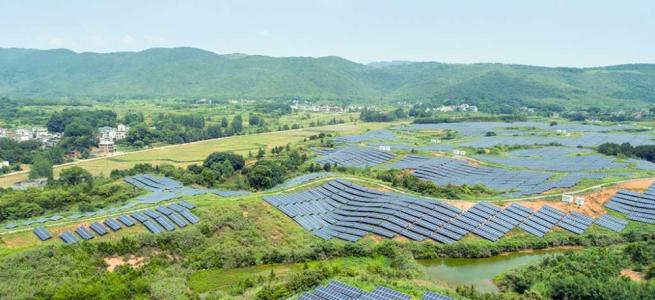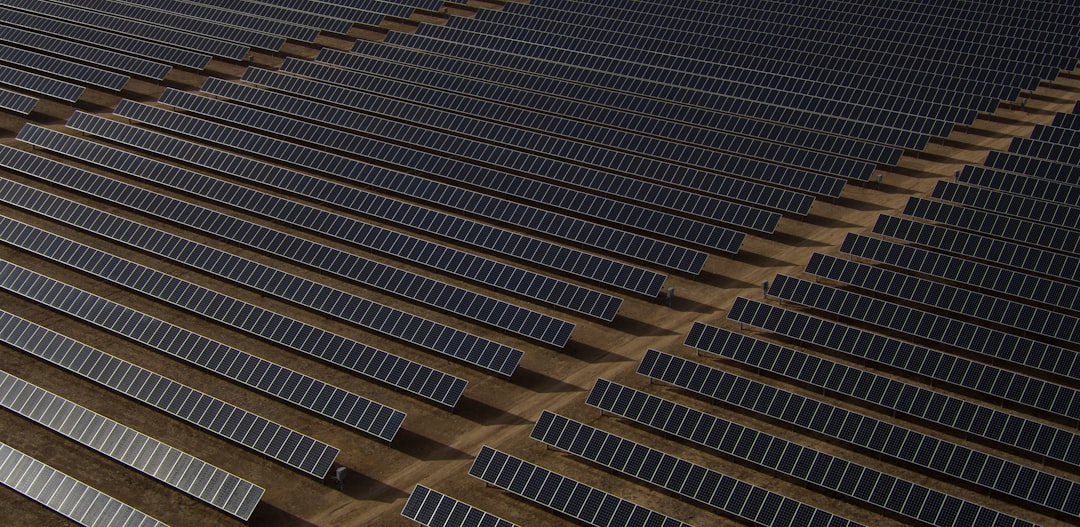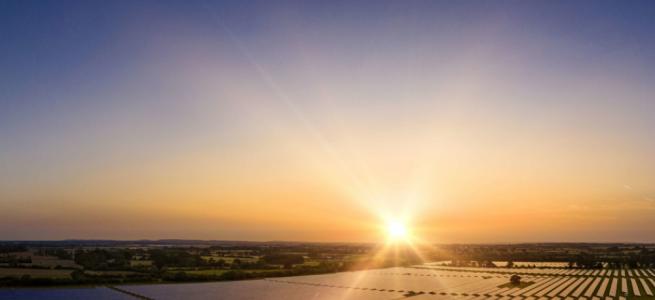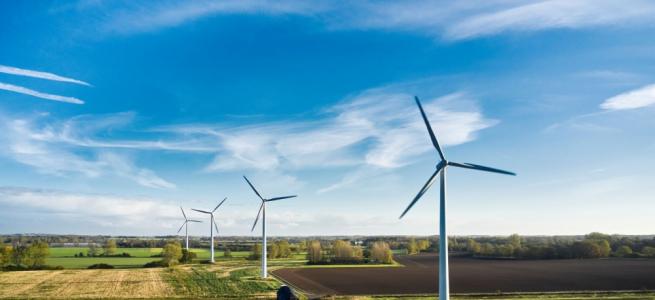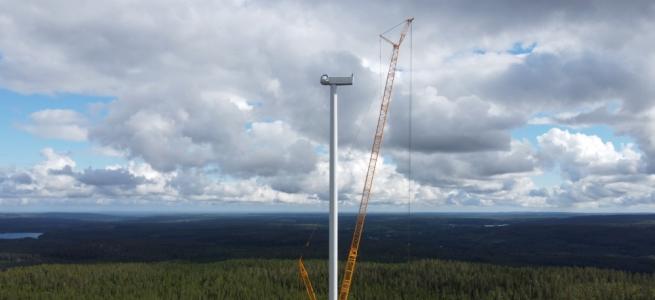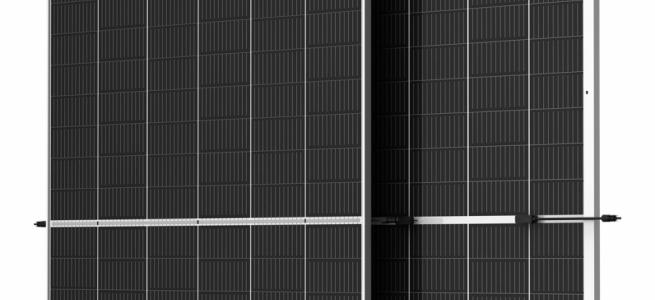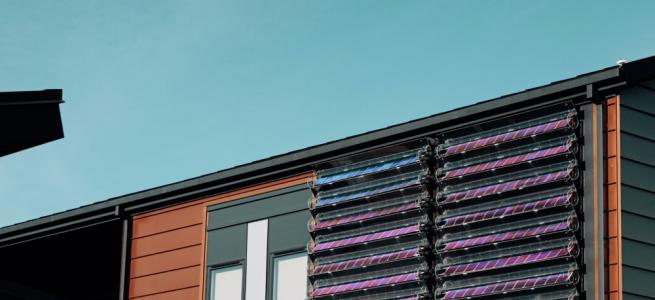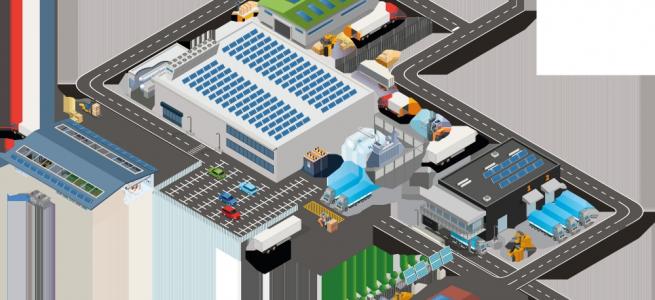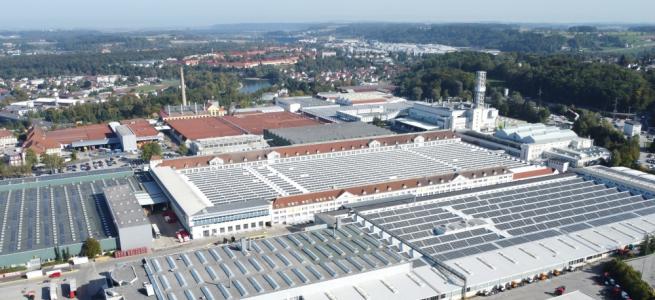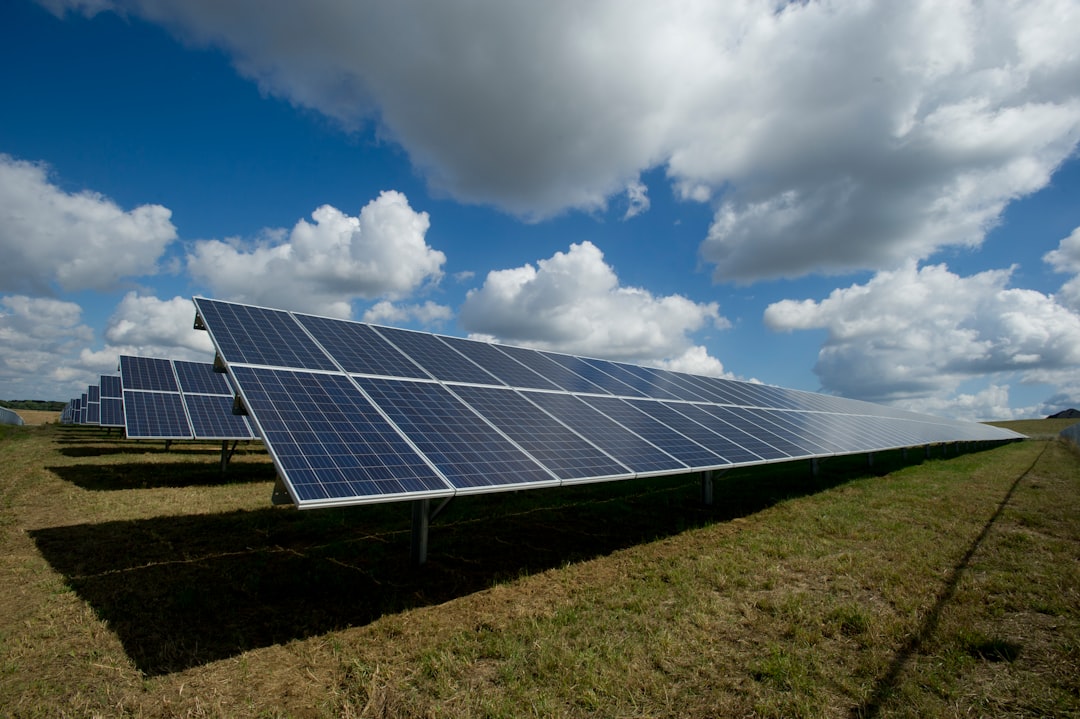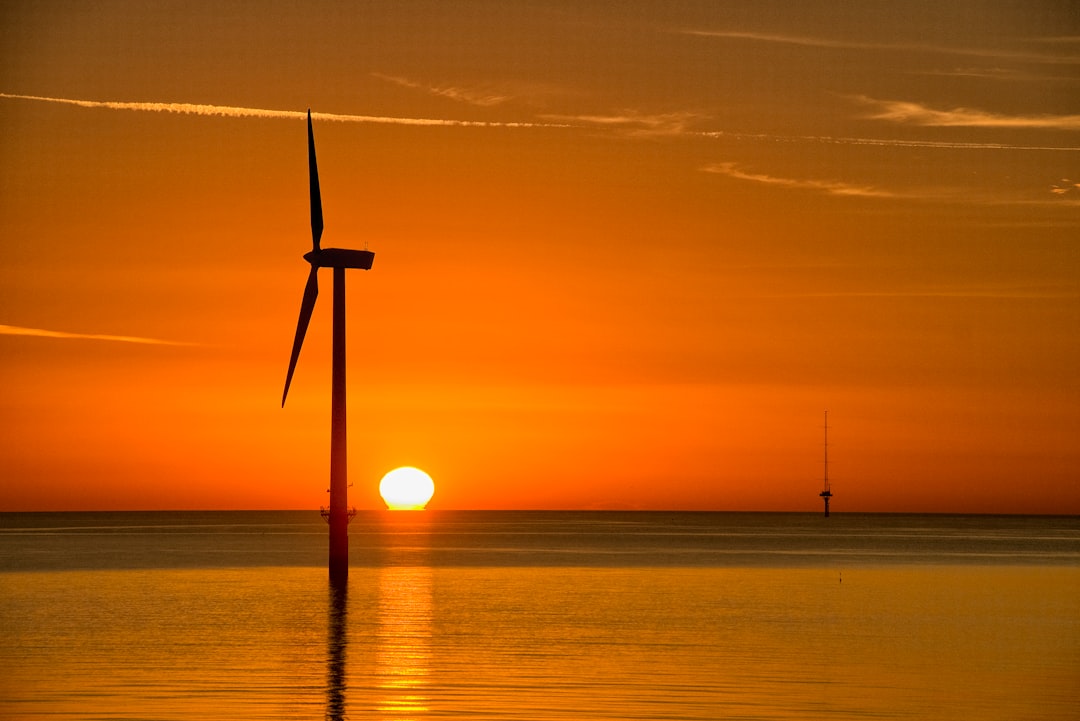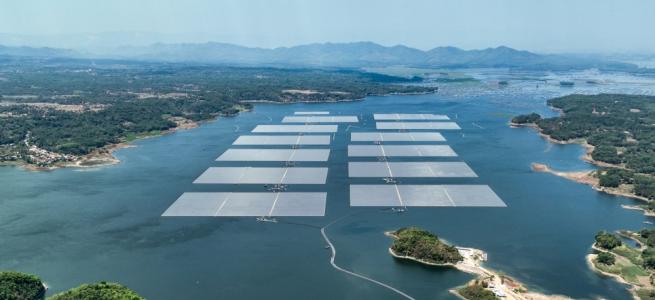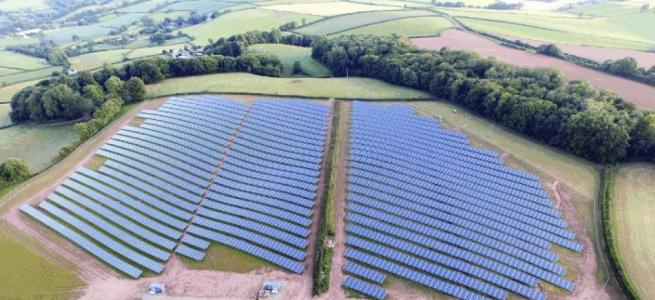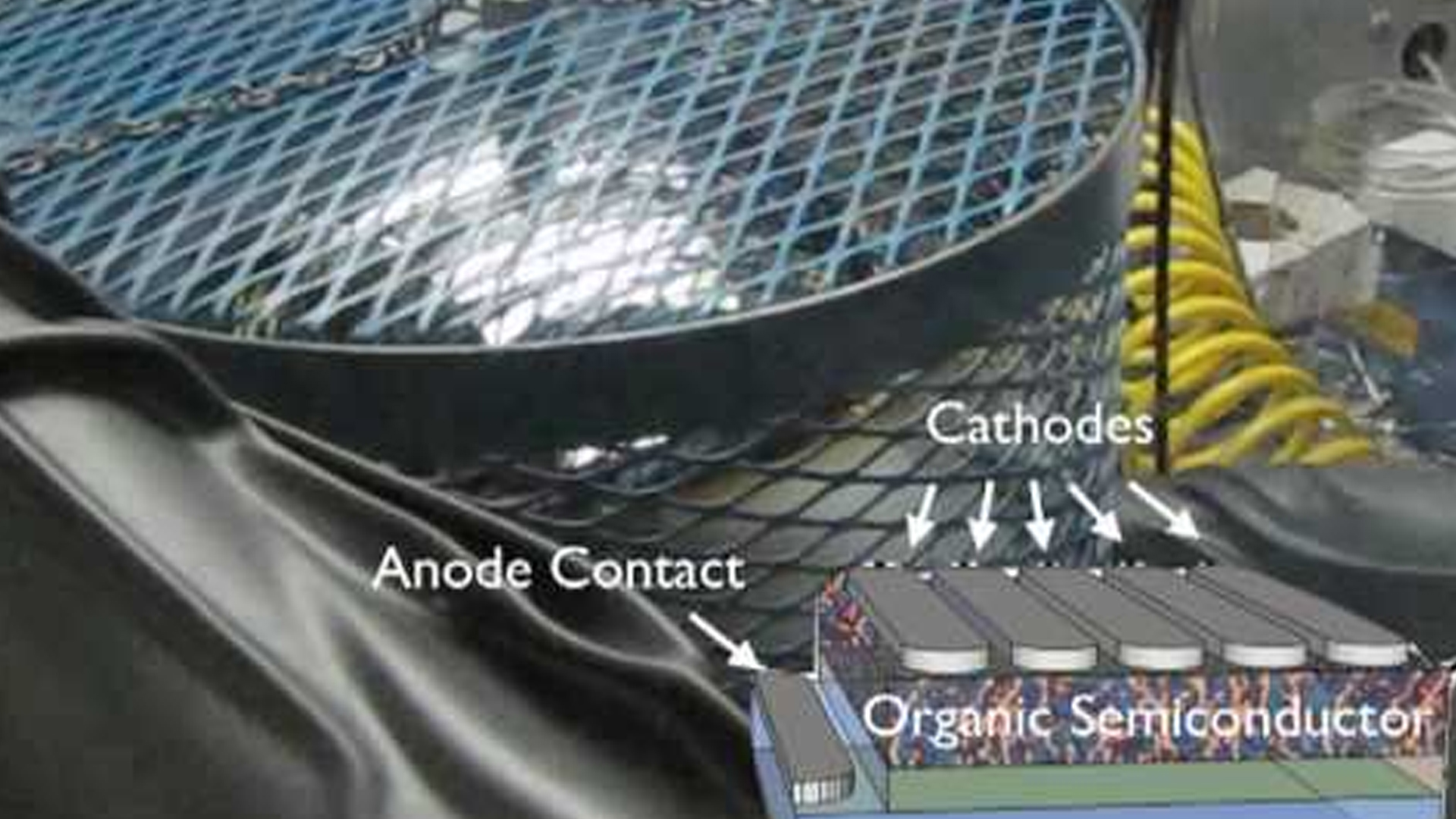News Article
GaAs Nanowires To Boost Solar Performance?
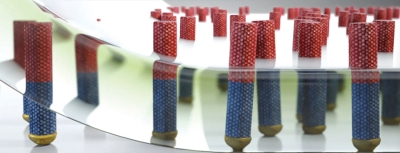
Sol Voltaics has unveiled SolInk, an nano material that the company says is economical and can increase the efficiency of thin film solar modules crystalline silicon by up to 25 percent or more.
"The best way to lower the cost of solar power is to raise the efficiency of solar modules," explains David Epstein, CEO of Sol Voltaics. Approximately two-thirds of the cost of commercial solar systems revolves around land, labour costs and other factors that solar developers can't directly control. By raising the efficiency of solar modules, we give solar manufacturers the opportunity to sell more valuable, higher"margin products and solar developers the opportunity to generate more power"at a lower price"with essentially the same physical assets."
To date, Sol Voltaics has raised $11 million from private investors including Industrifonden, Foundation Asset Management of Sweden, Teknoinvest, Provider, Nano Future Invest and Scatec Energy of Norway. The company has received additional public funding from the European Union, Vinnova, Nordic Innovation Centre, and others. Sol Voltaics will raise $10 to $20 million this year.
Sol Voltaic's strategy revolves around two fundamental technologies: GaAs nanowires, thin strands of material that constitute the active ingredient in SolInk and Aerotaxy, an innovative process for producing nanowires created by company founder and Lund University professor Lars Samuelson.
GaAs has been used in solar technology for years because of its reliability and high conversion efficiencies. Orbiting satellites employ solar cells made from the material to power their internal systems. GaAs solar cells, however, typically cost far more to produce than crystalline silicon or thin film cells, confining the material to niche market segments.
SolInk , the company says can reduce the cost by minimising materials used; less than a gram of nanowires is added to crystalline silicon panels. With SolInk, module manufacturers can make commercially feasible, high efficiency GaAs solar modules or multi"junction solar modules combining GaAs and crystalline silicon.
SolInk also enables light concentration without the use of optics or mechanical components. Nanowires need only cover a small portion of the surface area of a crystalline silicon or thin film solar cell to achieve substantially all of the benefits of adding GaAs.
In a research paper published in Science earlier this year, Lund University and Sol Voltaics researchers demonstrated that indium phosphide (InP) nanowires covering just 12 percent of the substrate surface produced a solar cell with an efficiency of 13.8 percent.The results were certified by the Fraunhofer Institute. The phenomenon, called Wave Concentrated Photovoltaics (WCPV), combined with the other advantages of GaAs nanowires leads to potentially ground-breaking performance for SolInk.
Aerotaxy: A New Way to Manufacture Materials
Aerotaxy represents a new paradigm for mass producing the smallest structures inside electronic devices.
Nanowires and nanotubes are typically produced through an epitaxial process, i.e. slowly grown as crystals on substrates. Because of the inherent physical limits of the epitaxial process, nanoparticles often need to be grown in place or harvested and sorted in batch processes that can be both time-consuming and expensive.
Aerotaxy creates nanomaterials by suspending and mixing active materials in carrier gas streams.
The active materials bond to form larger, uniform structures while in flight: nanowires are literally grown in air. In this way, Aerotaxy can generate tens of billions of nanowires per second on a continuous basis.
The finished nanowires can be integrated into a solar panel or other products, or can be stored indefinitely.
A 2012 paper published in Nature details how professor Samuelson and his team manufactured GaAs nanowires with Aerotaxy. The paper is called, "Continuous gas-phase synthesis of nanowires with tunable properties," by Magnus Heurlin et al in Nature, 492, 90"“94 (06 December 2012).
doi:10.1038/nature11652
Aerotaxy grown nanowires
"The results have been far better than we ever expected," says Samuelson. " We understand how different materials react or bond to one another. With Aerotaxy, we essentially create an atmosphere where we can better harness those physical and chemical properties."
Rather than produce modules or sell capital equipment, Sol Voltaics will produce and sell SolInk to solar cell and module manufacturers. A single, relatively small, manufacturing facility will be able to provide megawatts worth of materials to module makers worldwide. Module manufacturers likewise will be able to integrate new materials into their products without replacing existing production lines.
Sol Voltaics anticipates producing functional solar cells with GaAs nanowires for demonstration by the end of 2013. Commercial production of SolInk-enhanced modules will begin in 2015 and move into volume production in 2016. Total invested capital to get into high-volume commercial production will come to less than $50 million.
Other potential applications for Aerotaxy include producing nanomaterials for power electronics, LEDs, batteries and energy storage.
"The promise of nanotechnology has been held by complexity, low yields and cost. Aerotaxy paves theway for integrating new materials into products in a streamlined manner. This is nanotechnology made simple," says Alf Bjorseth, Chariman of Scatec.


